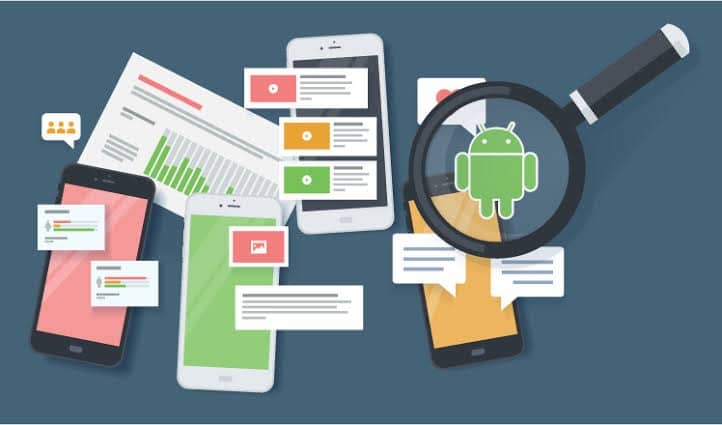Mobile App testing is an indispensable part of the mobile app development lifecycle. Without comprehensive testing, the developer can’t validate the app and ascertain that is it market-ready. App testing using both manual and automation tools will help to ensure that it will have a better receptivity in the marketplace. It makes it easier for the testers to gauge the errors, bugs, and defects, and address the gaps in both client-side and server-side to build a high-quality app.
Because of greater device fragmentation in the present advanced technological era, the app must function on a cross-platform. Most cross-platform apps fail to offer the right user experiences because they’re often riddled with bugs. It seldom offers consistent performance and may possess security issues. Hence, you need to perform end-to-end app tests to improve the overall capacity and app accuracy. A high-quality app offers better chances at driving in more revenue and return on investments.
However, choosing the best app testing platform can be daunting. The right platform will accelerate the testing and delivery of mobile apps, and help you conduct functional, visual, and performance tests. Here are few important tips to choose the right mobile app testing platform.
Determine Your Objectives
Table of Contents
To select the right platform, you need to understand your project requirements. Determine the app type for testing (native, web, or hybrid app), project scope, and list the issues in order of priority for testing. Identify the platforms, operating systems, and their versions, and devices for cross-platform tests. You need to develop the testing framework to create and design test cases.
It streamlines your approach to drive the app under test and ensure proper execution. To implement the right framework, it is important to identify the test scope for defining the exact paths to cover while performing app tests. The test framework includes the coding standard, test-data handling method, object repository, and another method for developing test cases. Determine your objectives, and create a suitable framework for your app testing project.
Robust Reporting
The app testing platform should ensure collaboration and coordination of different testing units, and present a unified view of the test reports. It must aggregate the reports of the test workflow, and include a dashboard that can be accessed by the testers to visualize the current test results. The reporting feature of the app testing platform will help the tester to determine if the tests are properly executed, and identify test failures and success rates. These features can help the tester to gather actionable insights, and improve app quality.
Cost
Cost is one of the important parameters to choose the right platform. You need to understand its pricing policy and determine if it fits into your requirements. It will help to choose the platform with the right features and tools, including emulators, simulators, and real devices. You can also host the platform on a cloud, and allows you to access the features on-demand based on the pay-as-you-go model.
Root Cause Analysis
App testing platform with the Root Cause Analysis feature helps to efficiently address the glitches in the app. The tester can easily track the issues, and review it to ensure that it is fixed before it moves on to the next stage. Such effective processes help to prevent the reoccurrence of the same issue. The app testing platform should enable you to follow the RCA process for systematic analysis and removal of errors, and bottlenecks.
Script-less Testing
While coding is required for developing test cases and execute them for checking the app, if your testing team lacks the necessary programming skills, you can also look for script-less testing methods. You can also opt for the record/playback method, which also offers greater convenience at executing tests without elaborate coding skills. The app testing platform can integrate script-less test automation to simplify the process of creating test cases. The script-less automation tool must enable storing reusable elements or objects, record and execute test cases on various platforms.
Seamless Integration
The app testing platform should integrate easily into your test environment, along with your CI/CD pipeline to enable continuous monitoring of your app, and improve the app testing speed. It also helps to quicken release cycles, lower costs, and eliminate any errors. Continuous testing helps to improve the chances of fully eliminating the errors in the app, and quicken the release cycle. The app testing platform must support the reusability of test scripts, and refactoring of end-to-end test scripts to make the debugging process more efficient.
Implement POC
Proof of concept, or PoC demonstrates the feasibility of the app testing platform in your testing infrastructure. It helps to efficiently determine how it integrates with the existing systems, applications, data, and processes within this environment. With a PoC, you can create a prototype for testing how the app operates and delivers its functionalities.
To Conclude:
These are a few important considerations to choose the right app testing platform. It will support effective mobile app testing and help you to create tests for checking the performance

